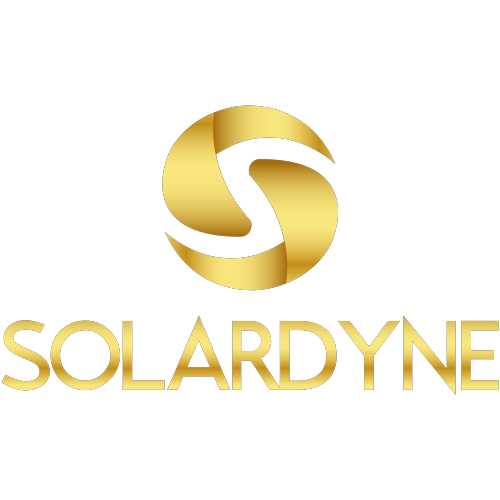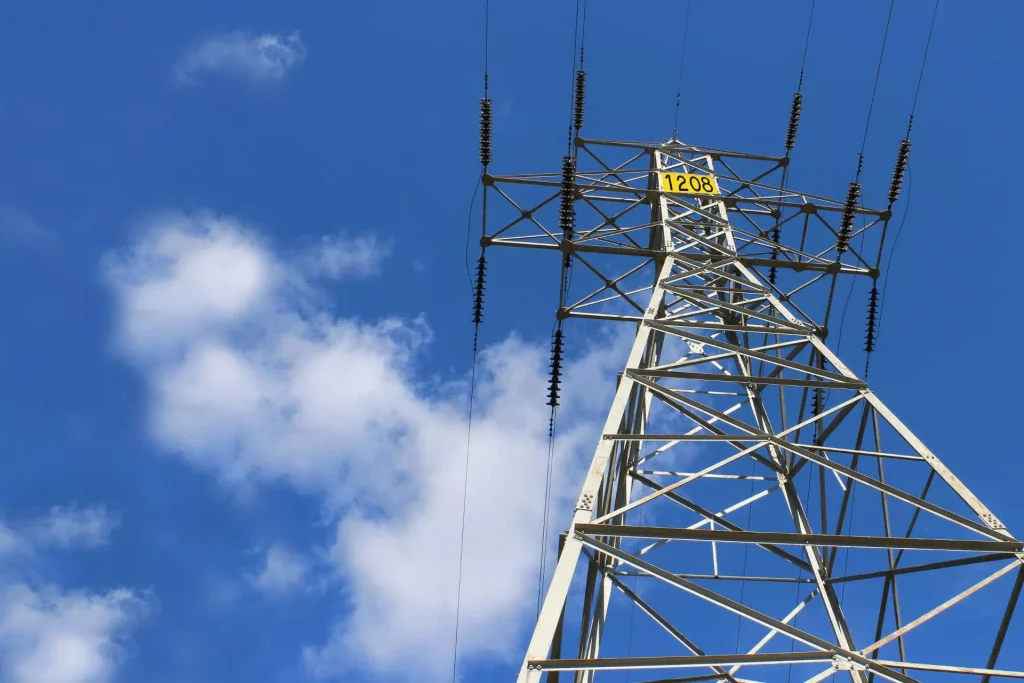Many of Canada’s largest and most recognizable companies in heavy industrial markets, such as power utility, telecom, oil & gas, mining and military, have many of their valuable assets, literally sitting outdoors, and exposed to Canada’s relentless weather cycles of bitter cold, wind, rain and relentless sun.
Whether it’s utility and street light poles, transmission or cell towers, military equipment, construction sites and oil platforms, we often don’t think about how much of our critical infrastructure that we rely on for power and our ability to communicate, is expected to withstand these elements year after year, decade after decade.
So why do the markers, signs, labels, tags, which identify and provide critical information to workers, contractors and residents about the equipment, seem to be fading so quickly and completely? While cold, rain, condensation and climate change are considerations, destabilization of printed graphics is primarily due to the damaging effect of UV light degradation.
What is Ultra-Violet Radiation?
UV radiation is present in sunlight, and we know firsthand that after about an hour or so of exposure to UV radiation, we can see redness and irritation on our skin, perhaps even a sunburn.
For printed graphics, UV light is responsible for almost all photo degradation of durable materials when exposed outdoors. Various wavelengths of UV cause a chemical reaction when interacting with organic materials like ink, films and paints. Types of damage include colour absorption, yellowing and delamination, chalking and cracking, blistering, and loss of adhesion.
For outdoor marking applications, Canadians typically look to local print shops, screen printers and traffic sign makers, where the material choices are limited to painted aluminum, and printed vinyl (or a combination of the two). This limited material choice is mainly due to the fact that most print shops serve the traffic road sign industry, where industry compliance standards specify durability of about 10 years. Therefore, we end up in a situation where a marker with a 10 year lifespan, are installed on structures requiring a graphic that needs to be readable for 30-40 or more years.
So how do we bridge that gap, and limit the damage of UV on printed graphical products, for applications requiring decades of readability?
The role of UV Inhibitors, laminates and Inkless imaging.
New printing and imaging innovations with films and coatings allow for much greater UV inhibition than in the past. Specialty manufacturing processes can even take UV resistance to the next level, by removing the ink component altogether.
These new printing technologies not only allow for a marker to be exceptionally durable in outdoor environments, but also allow us to print intricate high resolution graphics (such as QR codes, logos, pictograms), for integration with current or future data collection systems.
Like sunscreen that we apply before heading outside, printed graphics need protection from UV light, in a way that absorbs and inhibits ultra-violet radiation, while still allowing the surface ink to be visible. An effective, machine applied over-laminate is especially useful in slowing the effects of UV degradation, by serving as a shield that guards the graphic.
UV inhibitors can also be added to polymers, in the form of acrylics and resins, which adds colour stability to polyethythelene.
In the US and Canada, some heavy industrial applications, such as high voltage transmission tower industry, have opted for ink-free markers altogether. Materials such as polyethylene can provide decades of durability, by using a two-color co-extrusion process where top layer material is extruded exposing the contrasting material underneath. Additionally, the material utilizes special UV inhibiting agents blended into the resin during manufacturing. However, weather/UV resistant, this material is also still subject to a certain amount of fade and chalking after long periods of exposure; dependent upon the geographical region of exposure/sunlight intensity.
What are the most durable materials for outdoor marking?
This can depend on the application. If marking an asset with a simple ID number, Solardyne offers a wide variety of metal and polyethylene number marking systems.
For rigid hazard and safety signs, such as Do Not Climbs signs on a tower, rail road marking, and tags requiring detailed graphics (such as an intricate logo or bar code), porcelain is a recommended material. Using UV resistant mixture of ink and glass, porcelain is baked in to the material, resulting in an exceptionally durable, abrasion and corrosion resistant material, with durability of over 40 years outdoors.
Using innovative imaging technologies, where ultimate durability is needed, but where colour is not required, is Metalphoto. Metalphoto is specified in military and aerospace applications requiring outdoor durability, and as the name implies, can offer photo like quality graphical images with decades of performance. Graphics are “imaged” into photo-sensitive anodized aluminum, then sealed into the base material, allowing for a detailed graphic to be readable for decades. Many electric utilities in Canada have turned to metalphoto for marking of distribution poles with bar codes that don’t fade or scratch away. Companies have also started to use this material for marketing purposes, using a dynamic (QR barcode) to direct potential customers to websites and online portfolios,
Stainless steel markers, medallions and nameplates can be used to mark storm drains, sceptic and fuel tanks, or make or an extremely durable ownership nameplate.
For adhesive labels, graffiti and vandal resistance films have made for a more a label that lasts twice as long as typically vinyl, allowing for better communication for hazard labels, where symbols, logos, and multi-language options can now be considered.
Our Visual Vision
A marker can be a lot of things. Whether you call it a tag, a sign or even a sticker. The terminology can differ, but ultimately our products are visual. And these visuals are valuable in many ways. Whether it be making schools zones safer, marking storm drains, or identifying hazards, these visuals are an important aspect to making sure our kids get home safe, and that your employees make it home to their families. Additionally, your brand image will be visual for decades, even in a harsh climate cycle that we live in.
Tested, proven and tough, these durable asset identification tags, nameplates, medallions, safety hazard signage and other marking of long term exposed equipment, machinery and infrastructure, are now easily available in Canada, in Canadian dollars, with easy hassle free online ordering.
These new printing technologies not only allow for a marker to be exceptionally durable in outdoor environments, but also allow us to print intricate high resolution graphics (such as QR codes, logos, pictograms), for integration with current or future data collection systems. Faded aluminum markers can now be a thing of the past.
.



